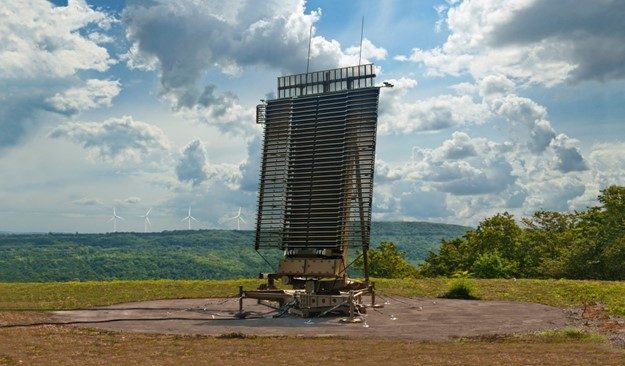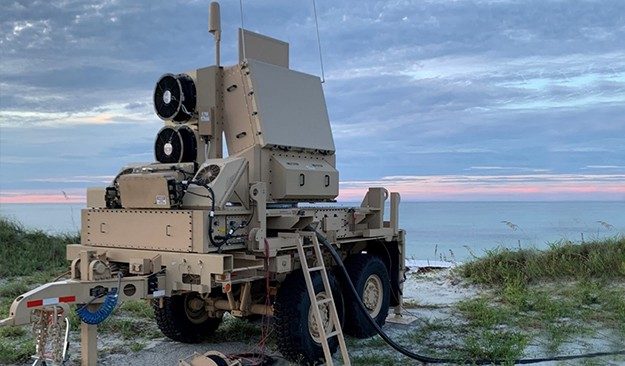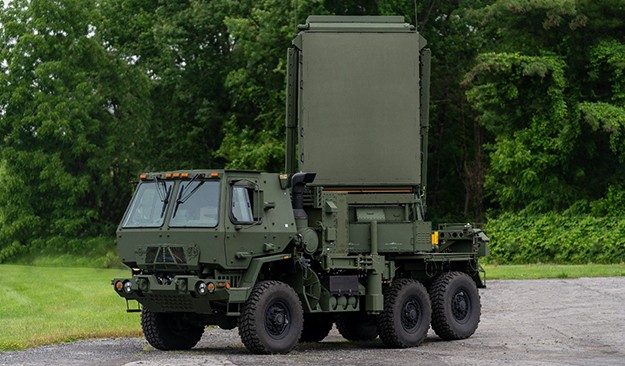These Next-Gen Radars Sweep Gold for Global Deterrence
Chandra Marshall, Vice President Radar &Sensor Systems, Rotary and Mission Systems

Summer Sport: Swimming
Radar Tech: Gallium Nitride (GaN)
Elite swimmers excel in strength and endurance while keeping cool.
Similarly, GaN allows high-power amplifiers to consume much less power, ultimately increasing reliability, lowering life-cycle costs and extending the useful life of the radar. This translates to better performance and longer operational life, evidenced in Lockheed Martin TPS-77 radar which has been fielded since 2015.

Summer Sport: Shot Put
Radar Tech: Active Electronically Scanned Array
Precision is paramount in shot put, where every centimeter counts.
Similarly, Active Electronically Scanned Array (AESA) radars must detect and track with exceptional accuracy. AESA radars, like the Army’s Sentinel A4, offer precise beam steering and rapid target acquisition, much like a shot putter’s ability to consistently achieve maximum distance with each throw.
Just as a shot putter relies on perfect technique and explosive power to aim for the gold medal, the Sentinel A4’s precise targeting and quick reaction time ensure it can lock onto and track targets with pinpoint accuracy.

Summer Sport: Judo
Radar Tech: Precise Technique
Judo requires technique, precision, and the ability to anticipate and react to opponents’ movements. Similarly, the Long Range Discrimination Radar (LRDR) excels in providing precise detection and tracking capabilities, just like a judoka’s skill in executing well-timed throws and maneuvers.
The LRDR effectively identifies and tracks ballistic missiles and hypersonic threats over vast distances, using technique and strategy to control and counter opponents. Its ability to anticipate and respond swiftly ensures reliable surveillance and defense in diverse operational environments.

Summer Sport: The Decathlon
Radar Tech: Multi-Mission Capable
The decathlon challenges athletes across 10 events, requiring versatility and endurance across different disciplines. Similarly, multi-mission radars, like the Q-53, must excel in various roles effectively, demonstrating versatility in several “events.”
The Army’s Q-53 is designed to detect and track mortars, rockets, and artillery, while also fulfilling low-level flight surveillance and various gap-filling needs. They strike a balance between long-range and short-range capabilities, demonstrating adaptability and performance across diverse operational scenarios – just like that of some of the most famous decathletes.

Looking Ahead
Lockheed Martin’s radars mark a new era where technological prowess is celebrated on the world stage. These gold medalists are not just champions of their events, but also vital assets in ensuring global security, necessary deterrence and homeland defense.
Stay tuned as we continue to follow the remarkable achievements of these radar systems and the innovative minds behind them.




